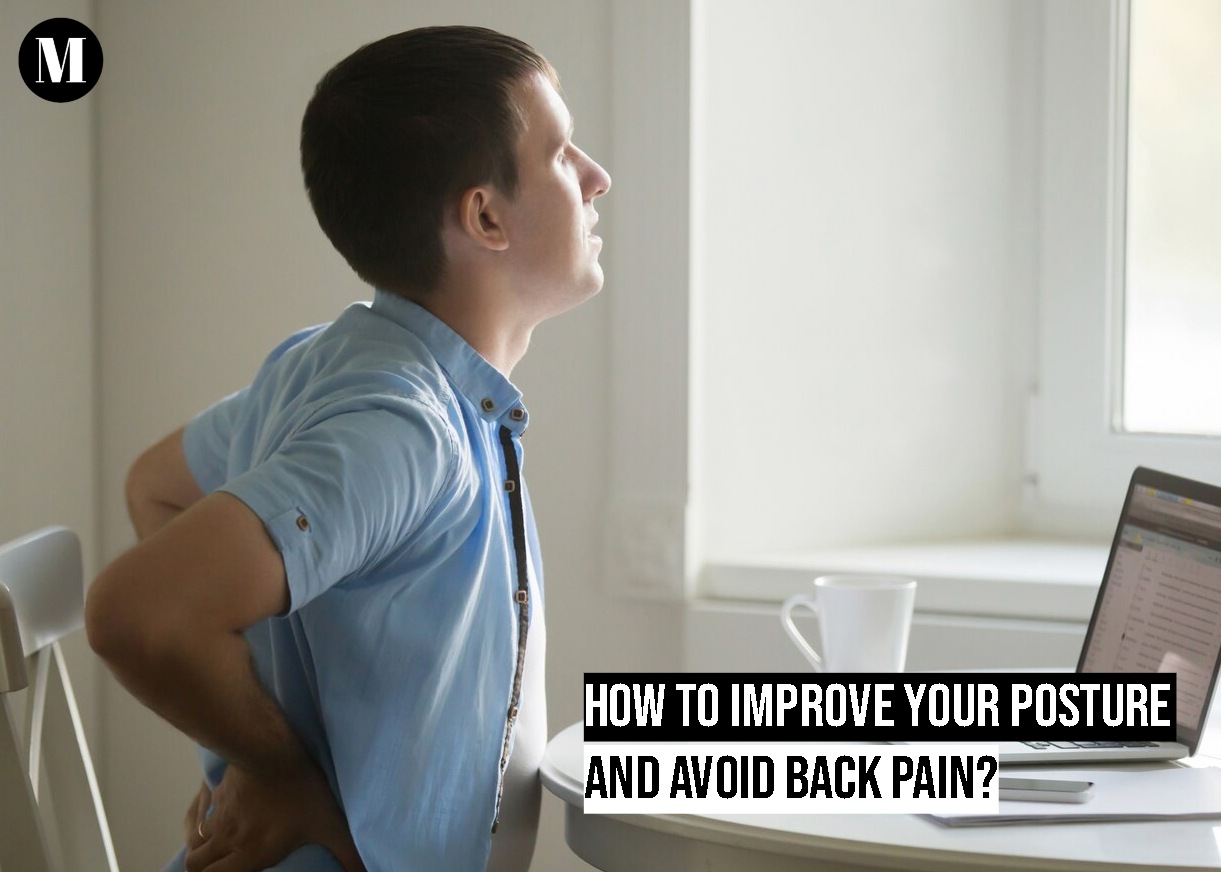Good posture is more than just standing up straight, it plays a key role in preventing back pain, reducing muscle strain, and supporting overall health. Poor posture, whether from sitting for long hours, slouching, or using mobile devices improperly, can lead to chronic discomfort and long-term issues. The good news is that making small adjustments in your daily habits can significantly improve your posture and help prevent back pain.
Understanding the Impact of Poor Posture
When posture is poor, it places extra stress on the spine, muscles, and joints. Over time, this added strain can cause stiffness, muscle imbalances, and even spinal misalignment. Many people experience back, neck, and shoulder pain without realizing that their posture may be the root cause. Sitting with a rounded back, looking down at a phone for long periods, or standing with uneven weight distribution can all contribute to discomfort.
Beyond physical pain, poor posture can also affect breathing, digestion, and energy levels. Slouching compresses the lungs, making it harder to take deep breaths, which can reduce oxygen flow and leave you feeling fatigued. Correcting posture not only improves back health but also enhances overall well-being.
Simple Adjustments for Better Posture

One of the most effective ways to improve posture is by becoming more aware of body positioning throughout the day. Small adjustments can make a big difference in reducing strain on the spine and muscles.
When sitting, make sure your feet are flat on the floor, your knees are at a 90-degree angle, and your back is supported. Avoid crossing your legs or leaning forward for long periods. Using an ergonomic chair that supports the lower back can help maintain a neutral spine position.
When standing, distribute weight evenly on both feet rather than shifting to one side. Keep your shoulders relaxed, your head aligned with your spine, and avoid locking your knees. Engaging your core muscles can also help support good posture while standing.
Posture and Technology: Reducing “Tech Neck”
Many people spend hours looking down at their phones or hunching over a computer, which can lead to “tech neck“—a condition where the neck and upper back experience strain from prolonged forward head posture. To reduce this strain, hold your phone at eye level instead of tilting your head down. Adjust your computer screen so that it is at eye level and maintain a straight back while working. Taking breaks to stretch and adjust posture can prevent stiffness and long-term discomfort.
Strengthening Core Muscles for Better Support
A strong core is essential for maintaining good posture and preventing back pain. Core muscles support the spine, helping to keep the body upright and reducing pressure on the lower back. Exercises like planks, bridges, and seated leg lifts can strengthen these muscles and improve stability.

Stretching is equally important for flexibility and posture improvement. Simple stretches, such as chest openers, shoulder rolls, and hamstring stretches, can help counteract the effects of prolonged sitting or poor posture. Practicing yoga or pilates can also be beneficial for overall posture and spinal alignment.
Sleeping Positions and Posture
The way you sleep can also affect posture and back pain. Sleeping on your stomach can put stress on the spine, while sleeping on your back or side with proper support can help maintain a neutral spine position. Using a supportive pillow that keeps the head aligned with the spine and placing a pillow between the knees while sleeping on your side can reduce lower back strain.
Making Posture a Daily Habit
Improving posture isn’t about making drastic changes overnight, like we always say it’s about building small, sustainable habits that support spinal health. Setting reminders to check posture throughout the day, taking breaks from prolonged sitting, and incorporating strengthening exercises can lead to lasting improvements.
Over time, maintaining proper posture will become second nature, reducing the risk of back pain and promoting overall well-being. By making small adjustments and staying mindful of body alignment, you can protect your spine and feel better throughout the day.











